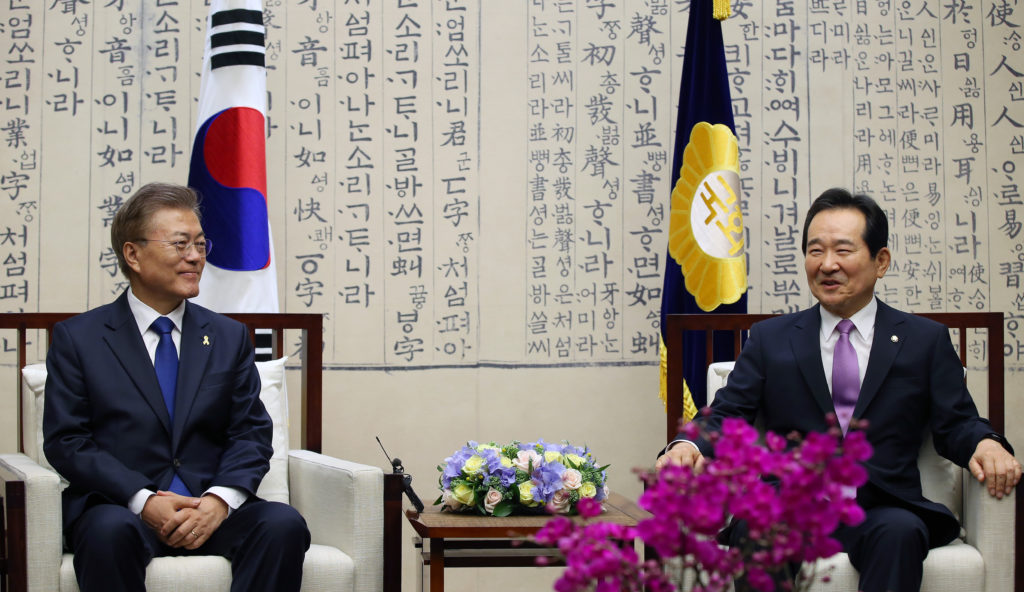The Peninsula
Past Policies Shape Korea’s Green New Deal
Published June 1, 2020
Category: South Korea, Economics

This briefing comes from Korea View, a weekly newsletter published by the Korea Economic Institute. Korea View aims to cover developments that reveal trends on the Korean Peninsula but receive little attention in the United States. If you would like to sign up, please find the online form here.
What Happened
- The Blue House confirmed that a “Green New Deal” would be a component of a Korean New Deal that President Moon announced on May 10.
- This confirmation followed urging from the environmental group Greenpeace for Moon to set a positive example for combating climate change as South Korea addresses the economic downturn caused by the pandemic.
- The Moon government has already pledged to implement a nation-wide emissions cap and put Korea on a path to becoming a zero-emissions country by 2050.
Implications: South Korea’s current environmental policy aims are emerging out of foundations laid by economic initiatives of previous administrations. Although Presidents Park Geun-hye and Lee Myung-bak advanced “green” plans that were primarily aimed at boosting economic growth, their initiatives ensured that the government’s pro-environment posture would be closely associated with economic growth. Moreover, it cultivated stakeholders who would push the government to do more to reduce the country’s carbon emissions. Moon Jae-in’s ongoing efforts are further helped by the widespread recognition that increased public investment is vital to the post-COVID economic recovery.
Context: In his 2008 inauguration speech, President Lee Myung-bak highlighted his vision of employing green technology to overcome the ongoing global financial crisis. During the Park Geun-hye administration, the government continued to promote green technology as a vehicle to boost the economy. During this period, the Korea Electric Power Corporation advanced an initiative to improve the country’s energy efficiency by integrating smart technology into the electricity grid. The investment in smart electrical grid helped set the stage for additional investments in renewable energy sources including solar energy, energy storage, and electron volt chargers.
Korea View was edited by Yong Kwon with the help of Gordon Henning, Soojin Hwang, Hyungim Jang, and Ingyeong Park.
Picture from flickr account of Republic of Korea
